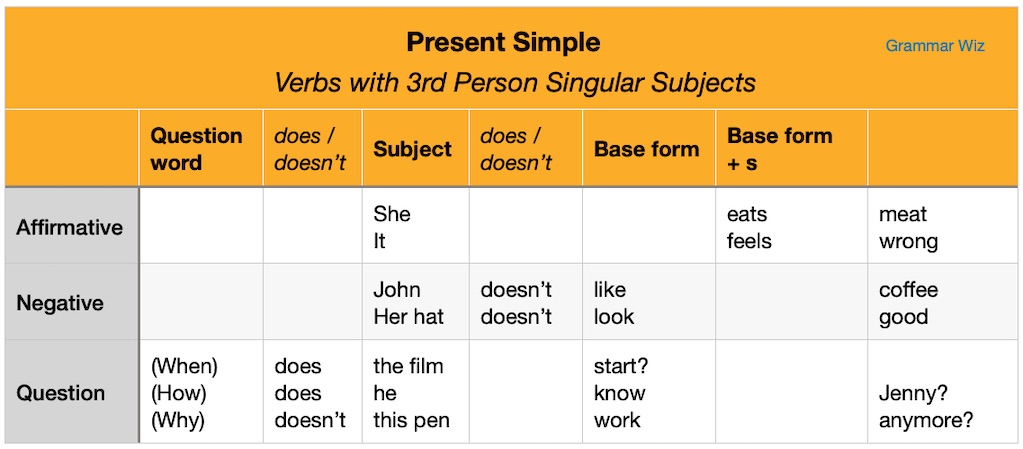
The present simple tense varies according to whether it is being used with a third person singular subject or other subjects.
In this lesson we will look at:
It is important to be aware of the third person singular (he/she/it) and other subjects (you/we/they) when forming the present simple because the form of the tense varies according to this:
The formation of the tense will also vary according to whether you are using the affirmative, negative, or a question.
The 3rd person singular refers to the following subjects:
The present simple tense table below shows you how the formation will vary according to the affirmative, negative, or a question. You'll see we need to add an '-s' to the verb for affirmative statements, but we add in does / doesn't (auxiliary verbs) for negative statements and questions.
Note that questions can either be yes / no questions or have questions words. For example:

For many 3rd person verbs in the present simple tense, we add '-s':
However, typically if the verb ends in o, ss, sh, ch, x or z, we add '-es'
For verbs ending in a consonant plus -y, the -y is replaced with an i, then -es is added.
It should be noted at this point that with the question word 'who' in the present simple tense, we often do not use auxiliary verbs:
For the other subjects in the present simple tense (i.e. I, you, we, they), no '-s' is added to the verb, and we use do or don't for negative statements and questions.
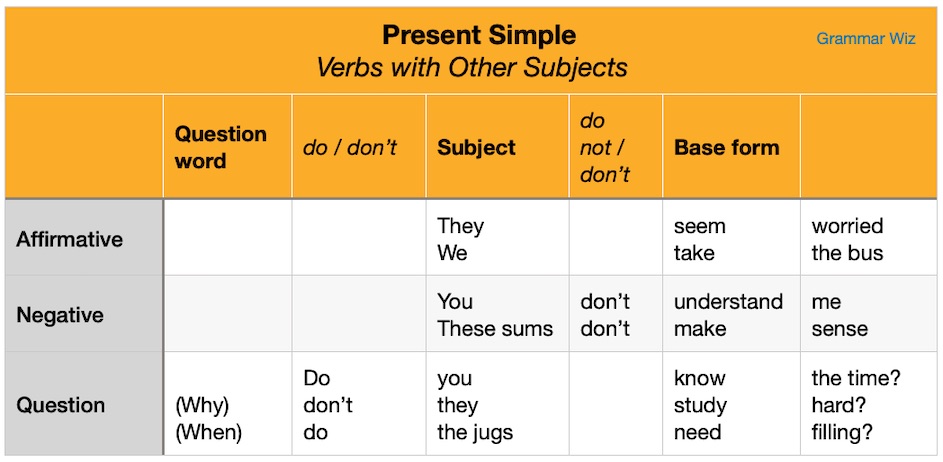
The verb to be follows a different pattern to other types of verbs. We still use the '-s' for third person singular (is) but we do not use do / does - rather we use is / am / are:
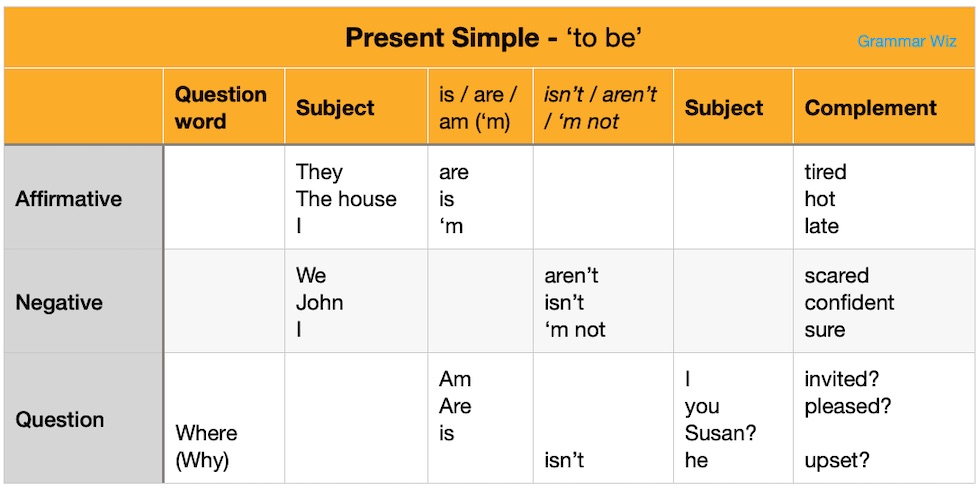
It should be noted that it is accepted to use 'aren't I' rather than 'am not I', even though this does not fit the grammar rules.
A common use of the present simple tense is to describe repeated events, or what we also refer to as habits and routines. It's quite common to use adverbs of frequency (e.g. always, often, usually etc) and expressions of repeated time (e.g. on Mondays, in the winter, every month) for habitual behaviour.
We also use the present simple tense for general facts, or things that are always true (or at least true at the time the fact is given) .
The present simple tense is used to talk about states, or in other words with stative verbs. This is because we do not tend to use these verbs with the present continuous tense.
For instance, we can't say "I am having a headache". We say "I have a headache".
We can also use the present simple tense to talk about the future, either the fixed future, using phrases such as next week, tomorrow, at 5pm, or after time words (e.g. when, before, after) and after if and unless .
Though we usually use past tenses for stories or narratives about the past, very occasionally we use the present simple.
This is usually to tell a comic story or dramatic story, and using the present simple tense gives the story a sense of immediacy (making the person listening feel like they are there) or excitement.
A strange thing happened to me yesterday. So I was in town and this man comes up to me and asks me the time. He then tells me he really needs help as some people are after him. I look around though and don't see anyone, but then suddenly he runs off . I don't know what it was all about.
Now practice or test yourself in this online Present Simple Quiz
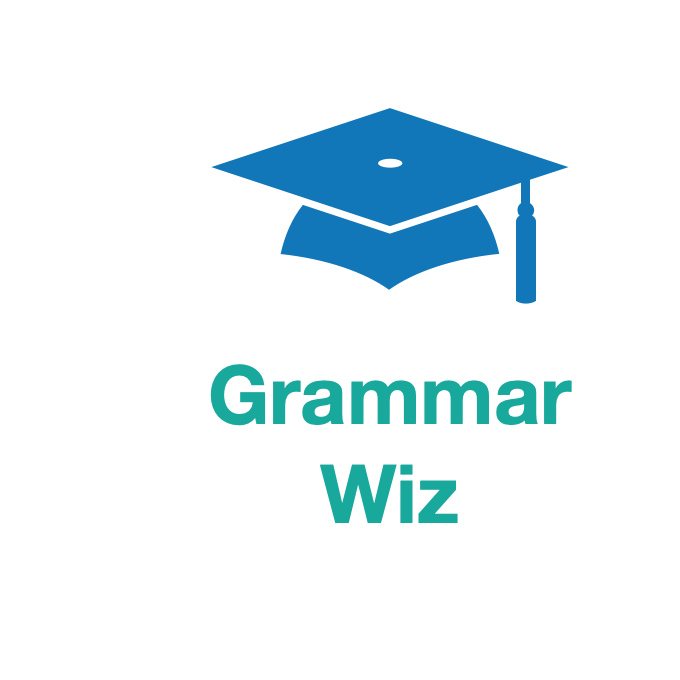
These present perfect tense examples will make sure you know how to use this tense. You can also download them if you want to use them in class.

The future perfect continuous tense is used to indicate that you are talking about a future event that will have been ongoing at the point you discuss it.
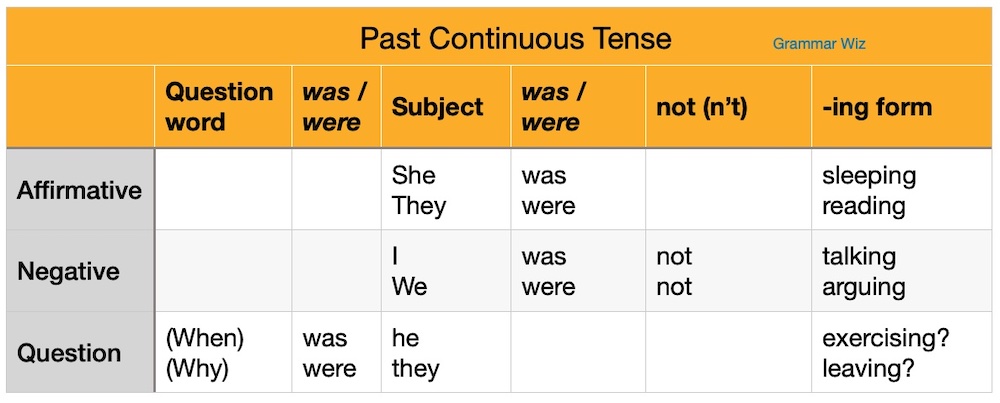
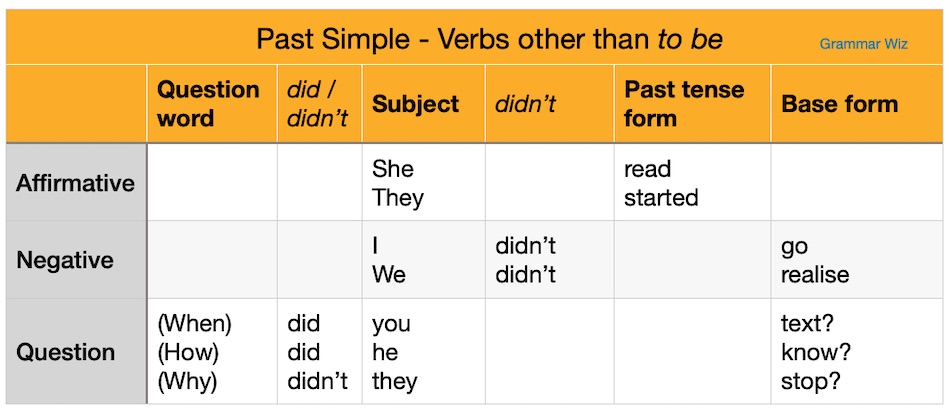 the forms of the affirmative, negative and questions words. " width="" height="" />
the forms of the affirmative, negative and questions words. " width="" height="" />
The past simple tense forms change according to whether it is with the verb 'to be' or other verbs. This lesson explains the forms of the affirmative, negative and questions words.
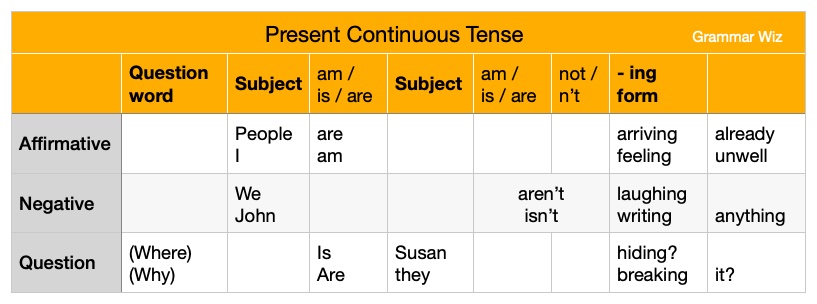 present continuous tense with examples. This tense is used to describe things that are happening at the time of speaking." width="" height="" />
present continuous tense with examples. This tense is used to describe things that are happening at the time of speaking." width="" height="" />
Learn about the present continuous tense with examples. This tense is used to describe things that are happening at the time of speaking.
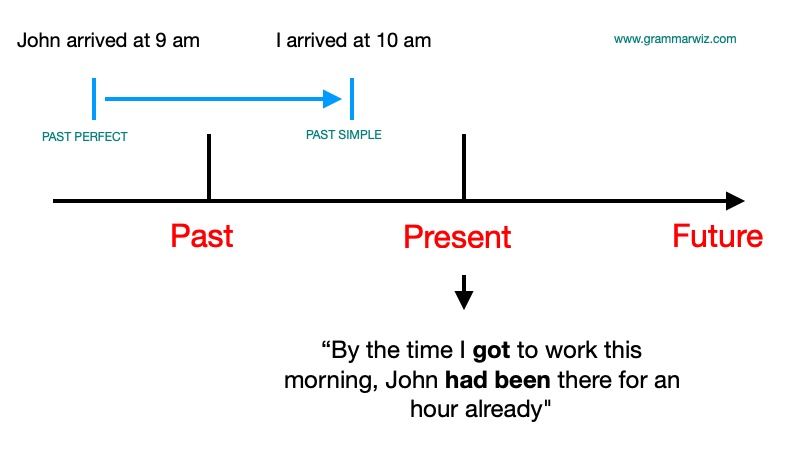
It can be difficult to know when to use the past perfect tense in English. This lesson examines the tense with examples.

'Going to' is used for the future tense as well as 'will' and 'shall'. However, it is used mainly to express planned future events.

The simple future tense is mainly created by the use of 'will' and 'going to', though we also use the present continuous.

The present perfect continuous tense (or present perfect progressive) is used to show that something started in the past but is still continuing in the present.
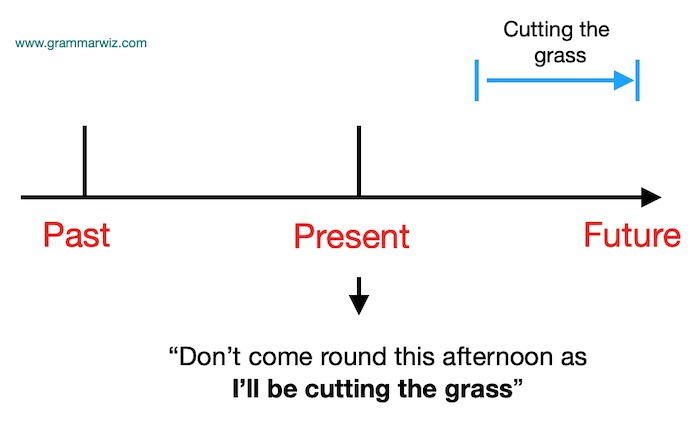
This lesson is on the future continuous tense with examples. For the progressive future, we use will/shall/being going to + be-ing.

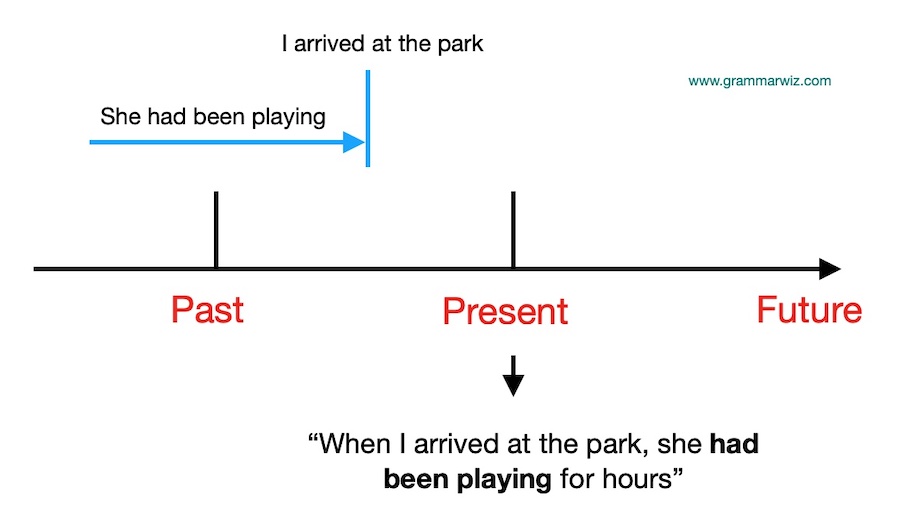
We use the past perfect continuous tense to express actions that started prior to a time in the past and were in progress up to that time.

These future perfect continuous tense examples will help you learn how to use this complicated tense. A list of examples for you to practice the tense.

View example sentences with the past perfect tense. This tense shows the sequence of events from the past.

These present perfect tense exercises will improve your skills at using this tense. Place your answer into the box and click to check your score.